3-Amino-6-[4-(methylsulfonyl)phenyl]-N-phenyl-2-pyrazinecarboxamide
Synonym(s):3-Amino-6-(4-(methylsulfonyl)phenyl)-N-phenylpyrazine-2-carboxamide;3-Amino-6-[4-(methylsulfonyl)phenyl]-N-phenyl-2-pyrazinecarboxamide;VE821
- CAS NO.:1232410-49-9
- Empirical Formula: C18H16N4O3S
- Molecular Weight: 368.41
- MDL number: MFCD19443686
- SAFETY DATA SHEET (SDS)
- Update Date: 2024-11-19 23:02:33
![3-Amino-6-[4-(methylsulfonyl)phenyl]-N-phenyl-2-pyrazinecarboxamide Structural](https://img.chemicalbook.in/CAS/GIF/1232410-49-9.gif)
What is 3-Amino-6-[4-(methylsulfonyl)phenyl]-N-phenyl-2-pyrazinecarboxamide?
Description
Ataxia-telangiectasia and Rad3-related protein (ATR) is a serine/threonine kinase that activates DNA processes related to the DNA damage response. VE-821 is an ATP-competitive inhibitor of ATR (IC50 = 26 nM). It augments DNA damage and cell death of cancer cells in response to radiation under normal and hypoxic conditions. VE-821 also sensitizes cancer cells to chemotherapy.
Chemical properties
Bright Yellow Solid
The Uses of 3-Amino-6-[4-(methylsulfonyl)phenyl]-N-phenyl-2-pyrazinecarboxamide
VE 821 is a potent and selective inhibitor of DNA damage response kinase, ATR. VE 821 functions to disrupt DNA damage repair system of tumor cells, limiting their abilities for further growth.
The Uses of 3-Amino-6-[4-(methylsulfonyl)phenyl]-N-phenyl-2-pyrazinecarboxamide
VE-821 has been used as an inhibitor of ATM- and Rad3-related (ATR) protein in human cancer cells.
Definition
ChEBI: 3-amino-6-(4-methylsulfonylphenyl)-N-phenyl-2-pyrazinecarboxamide is an aromatic amide.
Biochem/physiol Actions
VE-821 is a potent ATP-competitive inhibitor of the DNA damage response (DDR) kinase Ataxia telangiectasia-mutated (ATM) and ATM- and Rad3-related (ATR) with a Ki of 13 nM. VE-821 has minimal cross-reactivity against the related PIKKs ATM, DNA-dependent protein kinase (DNA-PK), mTOR and PI3-kinase-γ (Ki of 16 μM, 2.2 μM, >1 μM and 3.9 μM, respectively) and against a large panel of unrelated protein kinases. VE-821 used alone caused death in a large fraction of cancer cell populations and also showed strong synergy with genotoxic agents. VE-821 increased sensitivity of cells to radiation and also sensitized cancer cells to a variety of chemotherapeutic agents.
storage
Store at -20°C
References
Reaper et al. (2011), Selective killing of ATM- or p53-deficient cancer cells through inhibition of ATR; Nat. Chem. Biol., 7 428 Prevo et al. (2012), The novel ATR inhibitor VE-821 increases sensitivity of pancreatic cancer cells to radiation and chemotherapy; Cancer Biol. Ther., 13 1072 Huntoon et al. (2013), ATR inhibition broadly sensitizes ovarian cancer cells to chemotherapy independent of BRCA status; Cancer Res., 73 3683 King et al. (2021), Increased Replication Stress Determines ATR Inhibitor Sensitivity in Neuroblastoma Cells; Cancers (Basel), 13 6215 Moolmuang and Ruchirawat (2021), The antiproliferative effects of ataxia-telangiectasia mutated and ATM- and Rad3-related inhibitions and their enhancements with the cytotoxicity of DNA damaging agents in cholangiocarcinoma cells; J. Pharm. Pharmacol., 73 40
Properties of 3-Amino-6-[4-(methylsulfonyl)phenyl]-N-phenyl-2-pyrazinecarboxamide
| Melting point: | 247-249°C |
| Boiling point: | 568.4±50.0 °C(Predicted) |
| Density | 1.394 |
| storage temp. | -20°C |
| solubility | Soluble in DMSO (40 mg/ml) |
| pka | 9.97±0.70(Predicted) |
| form | powder |
| color | white to beige |
| Stability: | Stable for 2 years from date of purchase as supplied. Solutions in DMSO may be stored at -20°C for up to 1 month. |
Safety information for 3-Amino-6-[4-(methylsulfonyl)phenyl]-N-phenyl-2-pyrazinecarboxamide
Computed Descriptors for 3-Amino-6-[4-(methylsulfonyl)phenyl]-N-phenyl-2-pyrazinecarboxamide
New Products
Tert-butyl bis(2-chloroethyl)carbamate 4-Methylphenylacetic acid N-Boc-D-alaninol N-BOC-D/L-ALANINOL N-octanoyl benzotriazole 3-Morpholino-1-(4-nitrophenyl)-5,6-dihydropyridin- 2(1H)-one Furan-2,5-Dicarboxylic Acid DIETHYL AMINOMALONATE HYDROCHLORIDE 1,1’-CARBONYLDIIMIDAZOLE R-2-BENZYLOXY PROPIONIC ACID 1,1’-CARBONYLDI (1,2-4 TRIAZOLE) N-METHYL INDAZOLE-3-CARBOXYLIC ACID (2-Hydroxyphenyl)acetonitrile 4-Bromopyrazole 5-BROMO-2CYANO PYRIDINE 5,6-Dimethoxyindanone 5-broMo-2-chloro-N-cyclopentylpyriMidin-4-aMine 2-(Cyanocyclohexyl)acetic acid 4-methoxy-3,5-dinitropyridine 1-(4-(aminomethyl)benzyl)urea hydrochloride 2-aminopropyl benzoate hydrochloride diethyl 2-(2-((tertbutoxycarbonyl)amino) ethyl)malonate tert-butyl 4- (ureidomethyl)benzylcarbamate Ethyl-2-chloro((4-methoxyphenyl)hydrazono)acetateRelated products of tetrahydrofuran
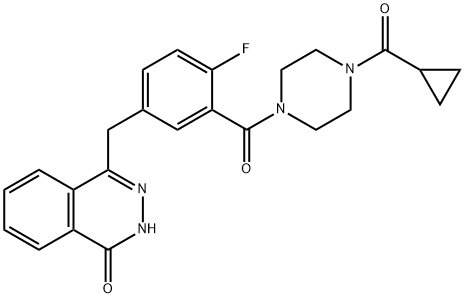
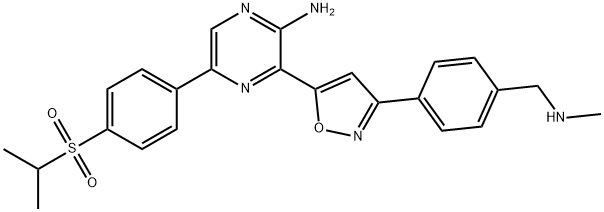

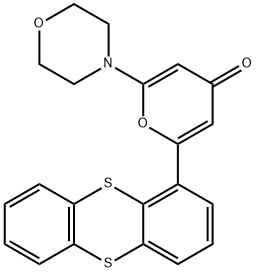
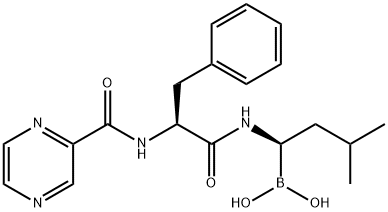
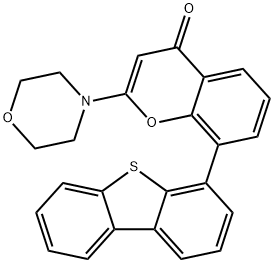

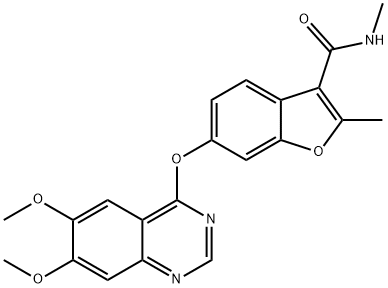
You may like
-
 ATR Inhibitor IV CAS 1232410-49-9View Details
ATR Inhibitor IV CAS 1232410-49-9View Details
1232410-49-9 -
 1975-50-4 98%View Details
1975-50-4 98%View Details
1975-50-4 -
 2-HYDROXY BENZYL ALCOHOL 98%View Details
2-HYDROXY BENZYL ALCOHOL 98%View Details
90-01-7 -
 2-Chloro-1,3-Bis(Dimethylamino)Trimethinium Hexafluorophosphate 221615-75-4 98%View Details
2-Chloro-1,3-Bis(Dimethylamino)Trimethinium Hexafluorophosphate 221615-75-4 98%View Details
221615-75-4 -
 61397-56-6 CIS BROMO BENZOATE 98%View Details
61397-56-6 CIS BROMO BENZOATE 98%View Details
61397-56-6 -
 14714-50-2 (2-Hydroxyphenyl)acetonitrile 98+View Details
14714-50-2 (2-Hydroxyphenyl)acetonitrile 98+View Details
14714-50-2 -
 118753-70-1 98+View Details
118753-70-1 98+View Details
118753-70-1 -
 733039-20-8 5-broMo-2-chloro-N-cyclopentylpyriMidin-4-aMine 98+View Details
733039-20-8 5-broMo-2-chloro-N-cyclopentylpyriMidin-4-aMine 98+View Details
733039-20-8